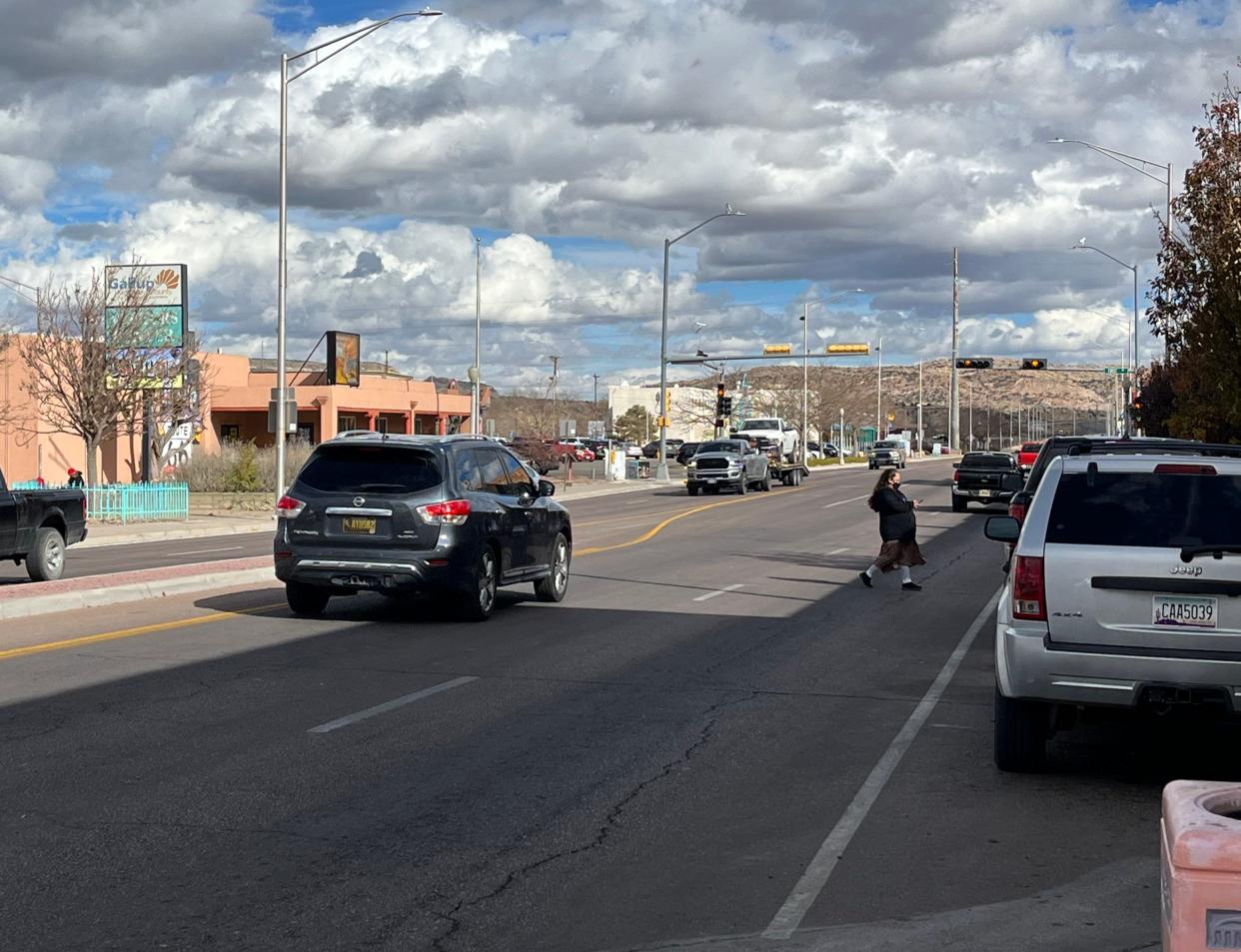Here's how USA TODAY analyzed federal Safe Streets for All grants across the U.S.

The U.S. Department of Transportation is awarding grants to fix dangerous streets in communities across the country, but many disadvantaged communities with high rates of traffic deaths have not received even a penny.
Hundreds of millions of dollars that should now be in community’s pockets to solve problems have gone unawarded, simply because the Safe Streets and Roads for All program has not gotten enough applications to award all the money. Despite having crash data at their fingertips, DOT attorney Victoria Schmitt wrote in November that they had not reached out to hard-hit communities to encourage them to apply. After USA TODAY started asking these questions, Safe Streets Program Manager Paul Teicher said his team had recently reached out to at least 18 communities.
Read the investigation: How the Safe Streets program forgot about many of the neediest places in America
When applying for money, communities must include three statistics from the transportation department’s publicly available data: total roadway deaths over the last five years, average annual fatality rate for the last five years and the percentage of the community’s population that is considered “underserved.”
USA TODAY used the transportation department’s Fatality Analysis Reporting System to calculate total roadway deaths from 2017 to 2021 and average fatality rate over those years for every county in the United States, using 2020 Census population figures. The percentage of the population considered “underserved” comes from data provided through DOT’s Equitable Transportation Community Explorer. Safe Streets also considers all tribal lands and U.S. territories as “disadvantaged,” so USA TODAY modified these figures to include those regions.
We also obtained transportation department maps of the grant recipients and overlaid these with county maps of the U.S. to estimate how much funding has been awarded in each county.
In some cases, the grant recipients’ boundaries crossed county lines. Here, we used area-weighted interpolation to approximate the funding amounts for each county based on land area. There are weaknesses to this commonly used method. First, some grant recipient boundaries in the transportation department’s map may be much larger than the actual project area. For example, the actual project may only encompass a short stretch of road, but the DOT maps outline a larger area that can stretch across county lines. A second weakness is that our interpretation assumes the funding will be distributed evenly across an entire area. Our map marks funding totals with (approx.) in counties where this method was used.
Headwaters Economics calculated a capacity index score for every county. The lowest third of counties by percentile were marked “low capacity,” the middle third as “medium,” and the top third as “high.” USA TODAY then used these three categories to sum funding by county capacity.
Finally, USA TODAY checked how closely each county’s approximate funding amounts correlated with its total death count, fatality rate and portion of underserved population using statistical tools called Pearson’s correlation coefficient and Spearman's rank correlation coefficient. We found the death count is moderately correlated with funding, meaning places with more deaths generally got more money. But that’s because the death count has a strong correlation with population. Controlled for population, the correlation fell to nearly nothing. USA TODAY found little correlation between a county’s funding amount and its death rate and no correlation to its underserved population.
To find crash hotspots, USA TODAY consulted with urban planning researchers from the University of Wisconsin-Milwaukee and Safe Streets Research and Consulting. Their 2021 study defined a hotspot corridor as any 1,000-meter-long segment of roadway with six fatal crashes across eight years. Considering rural speed limits and conditions differ significantly from urban areas, USA TODAY used the 2023 Rural-Urban Continuum Codes that categorize counties by population size and proximity to a large metro area. We scaled the corridor lengths to suit the nine types of counties as follows:
Code | County description | Corridor length |
1 | Counties in metro areas of 1 million population or more | 1000m |
2 | Counties in metro areas of 250,000 to 1 million population | 1590m |
3 | Counties in metro areas of fewer than 250,000 population | 2600m |
4 | Urban population of 20,000 or more, adjacent to a metro area | 3560m |
5 | Urban population of 20,000 or more, not adjacent to a metro area | 3570m |
6 | Urban population of 5,000 to 20,000, adjacent to a metro area | 4760m |
7 | Urban population of 5,000 to 20,000, not adjacent to a metro area | 5550m |
8 | Urban population of fewer than 5,000, adjacent to a metro area | 6510m |
9 | Urban population of fewer than 5,000, not adjacent to a metro area | 8130m |
Since we examined a shorter period – five years instead of eight, to align with the Safe Streets’ judging criteria – we defined hotspots as any corridor with at least four separate fatal crashes. Then, we largely replicated the researchers’ process described here. To focus on unique corridors, we removed any that overlapped by more than 25% with another, keeping the corridor with a larger number of total fatalities or higher density of fatalities. This produced 3,575 hotspots.
Then we overlaid the transportation department’s maps of the grant recipients with the hotspots to identify which are covered directly by implementation grants or fall within areas that have received planning grants. The transportation department defines “rural” areas as any metro area of 200,000 people or smaller. By that definition, about one-third of all hotspots are rural and two-thirds are urban. Safe Streets grants overlap 46% of rural hotspots, but 85% of urban hotspots.
This article originally appeared on USA TODAY: Inside USA TODAY's investigation of grants to reduce traffic deaths

